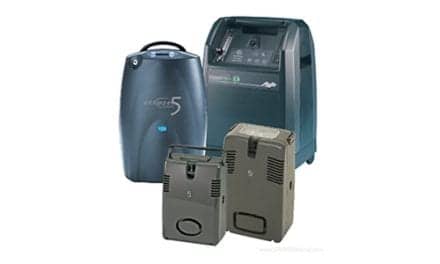Waveform capnography is an additional vital sign that can influence treatment and transport decisions. Capnography measures end-tidal CO2 (EtCO2), which is the amount of CO2 present in exhaled air. It also displays a waveform that represents air movement during the respiratory cycle. EtCO2 is normally 35-45 mm HG and the waveform is normally rectangular in shape. The waveform provides breath-to-breath feedback about the patient’s respiratory rate, ventilation, and perfusion.
The number of treatment options available to EMTs has expanded significantly in recent years. Each of these ‘tools’ has a number of conditions where it can help EMTs determine the best course of action. Here are five conditions where capnography can influence BLS care:
- Asthma
- Hyperventilation Syndrome
- Trauma
- Overdose
- Cardiac Arrest
Waveform capnography provides real-time feedback on ventilation and perfusion status, both in patients breathing on their own and patients receiving positive pressure ventilation. This valuable information can be applied to a number of treatment decisions and improve patient care.
5 Medical Conditions Where Capnography Can Affect BLS Care










